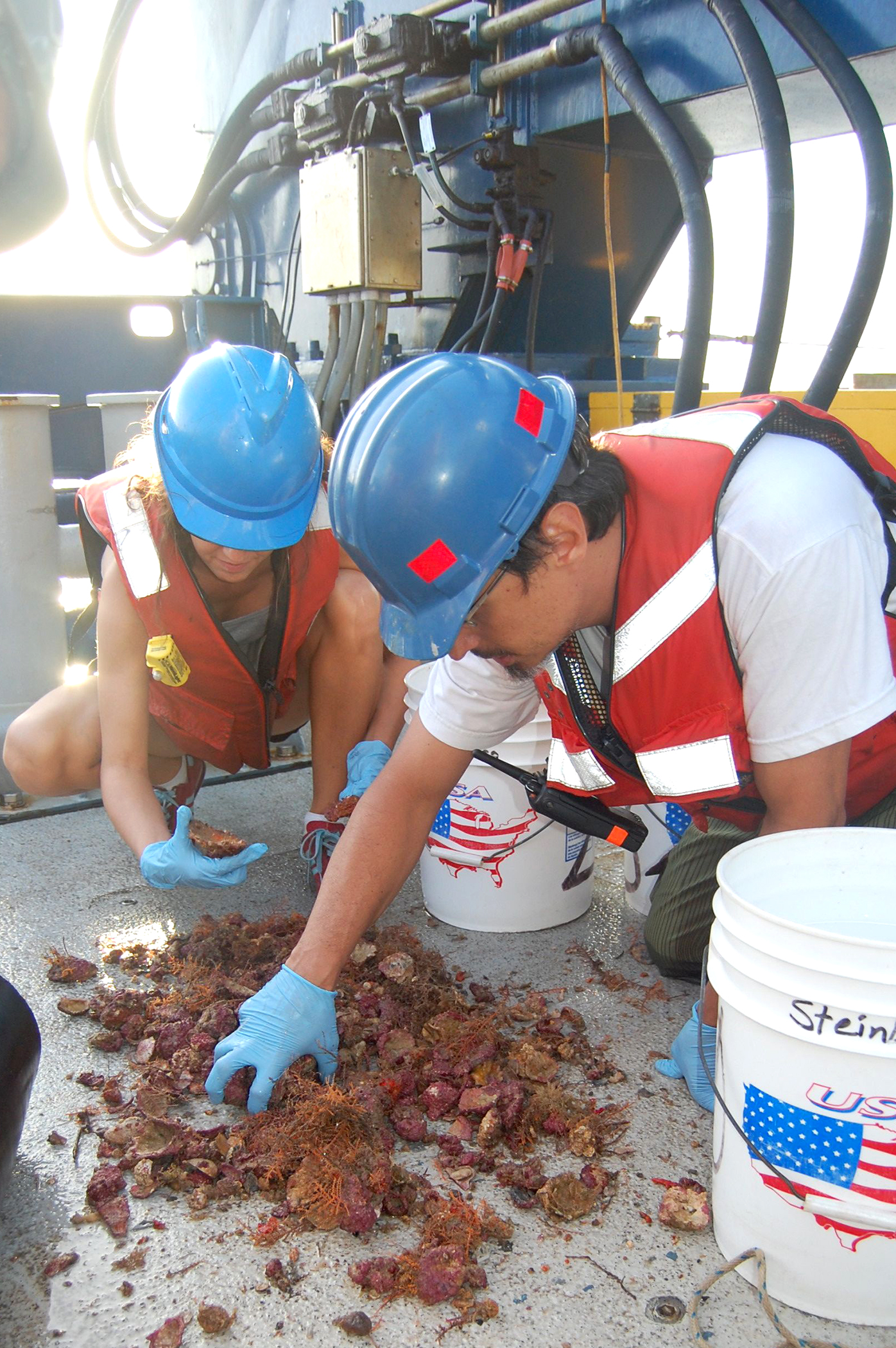
Scientists have discovered a huge coral reef system lurking beneath the muddy waters of the Amazon.
The network of coral reefs, which is about 600 miles (1,000 kilometers) long and is home to a hidden ecosystem of colorful and bizarre creatures, was found at the mouth of the Amazon River, where freshwater from the river empties into the briny waves of the Atlantic Ocean.
Extraordinary expedition
The Amazon River is the world's largest river by volume, harboring 20 percent of the freshwater on Earth. It is also home to a stunning array bizarre and as-yet-undocumented creatures. [The World's 10 Longest Rivers]
Patricia Yager, a marine scientist at the University of Georgia and lead investigator of the River-Ocean Continuum of the Amazon project, and her colleagues had originally set sail on the expedition to sample species from the mouth of the Amazon River, according to a statement.
But one of the team members, biologist Rodrigo Moura from the Universidade Federal do Rio de Janeiro, had seen a published study from the 1970s "that mentioned catching reef fish along the continental shelf and said he wanted to try to locate these reefs," Yager said.
So the team set out on a hunt for mysterious reefs. The first obstacle was finding out exactly where the researchers of that past study had done their surveying. The 1970s journal article didn't have GPS coordinates, so the team went to the general area and used sound waves to create pictures of the river bottom. Then they pulled up seafloor samples to confirm the presence of the reef.
Sign up for the Live Science daily newsletter now
Get the world’s most fascinating discoveries delivered straight to your inbox.
Intricate web of life

It turned out the reef was home to a hidden carnival of life not evident at the murky water's surface, including loads of reef fish species, a wide variety of sponges (as well as sponge-eating fish), algae and, of course, coral species.
"We brought up the most amazing and colorful animals I had ever seen on an expedition," Yager said.
The team then returned to the site in 2014 to do a full catalogue the rainbow of reef species and the reef's characteristics, which they reported April 22 in the journal Science Advances.
The reef changes over its extent. At the southern edge of the reef, sea creatures get more sunlight, and the reef is dominated by traditional coral and creatures that use light to make food.
"But as you move north, many of those [species] become less abundant, and the reef transitions to sponges and other reef builders that are likely growing on the food that the river plume delivers. So the two systems are intricately linked," Yager said.
Yet the amazing Amazon reef system was endangered almost from the moment of its discovery. It turned out that oil exploration is planned on top of the reef, while ocean acidification and warming threatens the coral reefs just as it does throughout the world's oceans, Yager said.
Follow Tia Ghose on Twitter and Google+. Follow Live Science @livescience, Facebook & Google+. Original article on Live Science.

Tia is the managing editor and was previously a senior writer for Live Science. Her work has appeared in Scientific American, Wired.com and other outlets. She holds a master's degree in bioengineering from the University of Washington, a graduate certificate in science writing from UC Santa Cruz and a bachelor's degree in mechanical engineering from the University of Texas at Austin. Tia was part of a team at the Milwaukee Journal Sentinel that published the Empty Cradles series on preterm births, which won multiple awards, including the 2012 Casey Medal for Meritorious Journalism.









